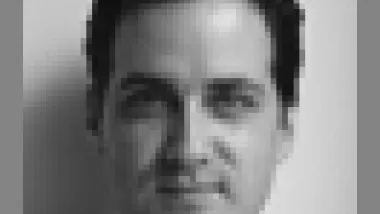Building on the Google thread here started by Chris, this Geo-Tracing site was brought to my attention that links google mapping with individually uploaded content. Its, as I see it, the next iteration of Found City and other geo-tagging sites. Very interesting combination of technology to provide a sense of experience and place in cities that is often hard to capture on screen. As stated from the site: "The main concept is depicted above.
Building on the Google thread here started by Chris, this Geo-Tracing site was brought to my attention that links google mapping with individually uploaded content. Its, as I see it, the next iteration of Found City and other geo-tagging sites. Very interesting combination of technology to provide a sense of experience and place in cities that is often hard to capture on screen. As stated from the site:
"The main concept is depicted above. The MobiTracer is a personalized Java (J2ME) application running on a mobile phone. MobiTracer reads GPS location data from a Bluetooth GPS module and sends it to a server. Within a browser the routes followed by MobiTracers can be viewed. Each MobiTracer can also be followed in real-time moving over the map. In addition the MobiTracer can send track-annotations in the form of media (images/video/audio/text) ratings (e.g. road-conditions) and Points of Interest (POIs) to the server. Media and annotations are shown at their geographic locations on the map. "


The images provide a strong base of what is possible. Once video becomes even more widely used and distributed in these types of applications, Baudelaire's 'flanuer' and the Situationists' 'derive' (for those of you up on your urban theory) will have a new voice and impact on how we experience and plan for cities. As planners we inevitably use public outreach as a key tool in our planning and design process. I'm interested in what happens when local residents and business owners are loaned tools like video cameras to document their perceptions of place which is then posted on-line as a diary. These publicly available annotations could bring a lot of value to planners, moving beyond 2d and, at times, 3d representations to a more dynamic method of seeing neighborhood's from mutliple viewpoints and perspectives.
For a further description of the issues and opportunities associated Google map applications, see Ken Snyder's previous posts on Google and GIS and Geotagging.

Analysis: Cybertruck Fatality Rate Far Exceeds That of Ford Pinto
The Tesla Cybertruck was recalled seven times last year.

National Parks Layoffs Will Cause Communities to Lose Billions
Thousands of essential park workers were laid off this week, just before the busy spring break season.

Retro-silient?: America’s First “Eco-burb,” The Woodlands Turns 50
A master-planned community north of Houston offers lessons on green infrastructure and resilient design, but falls short of its founder’s lofty affordability and walkability goals.

Test News Post 1
This is a summary

Analysis: Cybertruck Fatality Rate Far Exceeds That of Ford Pinto
The Tesla Cybertruck was recalled seven times last year.

Test News Headline 46
Test for the image on the front page.
Urban Design for Planners 1: Software Tools
This six-course series explores essential urban design concepts using open source software and equips planners with the tools they need to participate fully in the urban design process.
Planning for Universal Design
Learn the tools for implementing Universal Design in planning regulations.
EMC Planning Group, Inc.
Planetizen
Planetizen
Mpact (formerly Rail~Volution)
Great Falls Development Authority, Inc.
HUDs Office of Policy Development and Research
NYU Wagner Graduate School of Public Service


























